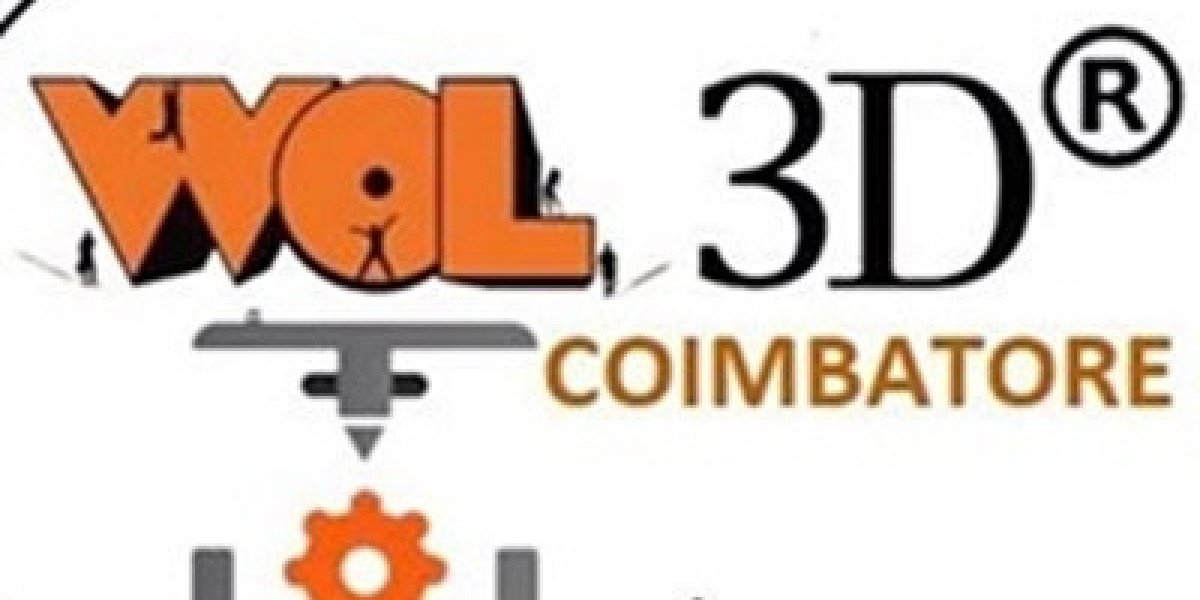In recent years, 3D printing technology has emerged as a revolutionary force across multiple sectors. This innovative process, also known as additive manufacturing, allows for the creation of three-dimensional objects from digital files. But how exactly is this technology reshaping industries? Let’s delve into its transformative potential.

Understanding 3D Printing Technology
3D printing technology involves layering materials to build objects from the ground up. This method contrasts sharply with traditional subtractive manufacturing, where material is removed to create a product. The implications of this shift are profound, as it allows for greater design flexibility, reduced waste, and the ability to produce complex geometries that were previously unattainable.
Applications Across Industries
Various industries are beginning to harness the power of 3D printing technology. Here are some key sectors that are experiencing significant transformations:
- Healthcare: Custom prosthetics and implants can be tailored to individual patients, enhancing comfort and functionality.
- Aerospace: Lightweight components can be produced, improving fuel efficiency and performance.
- Automotive: Rapid prototyping allows for faster design iterations, reducing time to market.
- Fashion: Designers are exploring new creative avenues, producing unique pieces that challenge traditional manufacturing norms.
Benefits of 3D Printing Technology
The advantages of adopting 3D printing technology are numerous. For instance, it can lead to:
- Cost Efficiency: Reduced material waste and lower production costs.
- Customization: Products can be easily customized to meet specific needs.
- Speed: Rapid prototyping accelerates the development process.
- Accessibility: Small businesses can compete with larger firms by utilizing affordable 3D printing solutions.
Challenges and Considerations
Despite its many benefits, 3D printing technology also faces challenges. Issues such as material limitations, regulatory hurdles, and intellectual property concerns must be addressed. How can industries overcome these obstacles? Collaboration between manufacturers, regulatory bodies, and innovators is essential to create a sustainable ecosystem for 3D printing.
The Future of 3D Printing Technology
Looking ahead, the future of 3D printing technology appears promising. As advancements continue, we can expect:
- Increased material options, including metals and bio-materials.
- Integration with other technologies, such as AI and IoT, for smarter manufacturing processes.
- Wider adoption in education and training, preparing the next generation of engineers and designers.
In conclusion, the potential of 3D printing technology to transform various industries is immense. As we continue to explore its capabilities, we invite you to learn more about specialized services, such as  , which can help you leverage this technology for your specific needs.
, which can help you leverage this technology for your specific needs.








